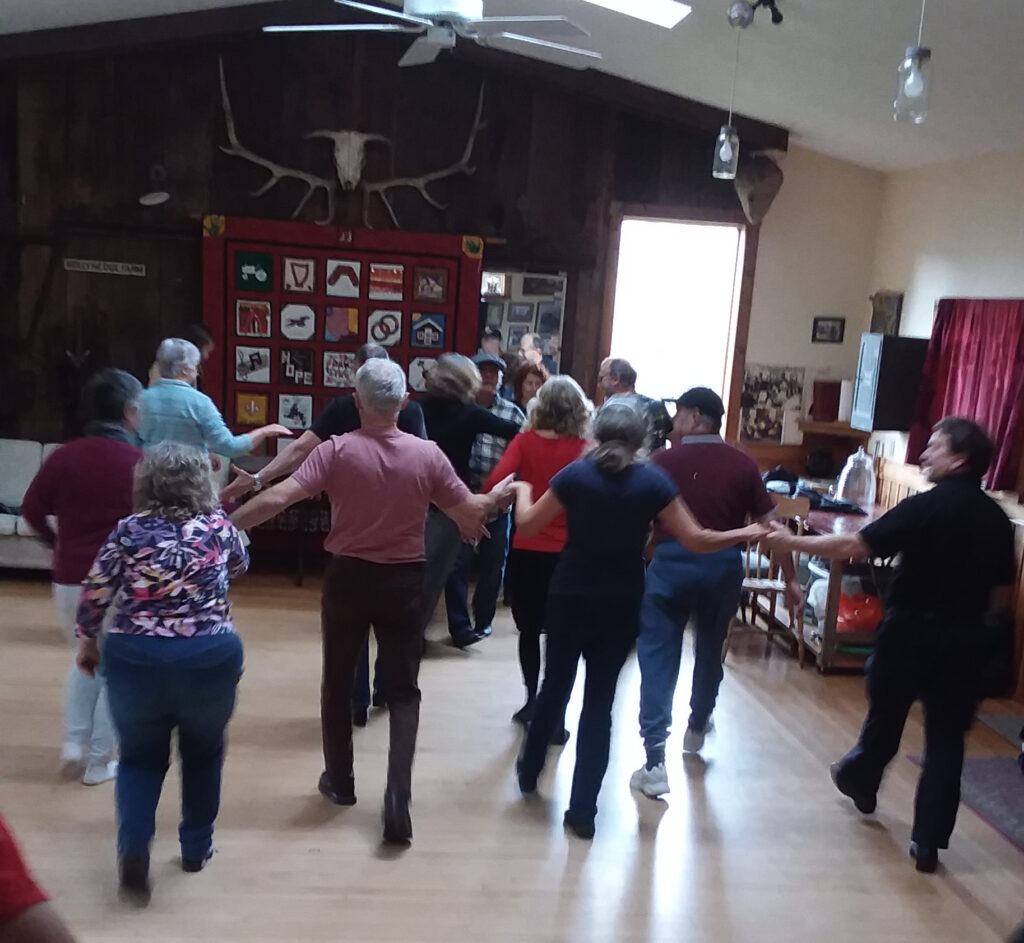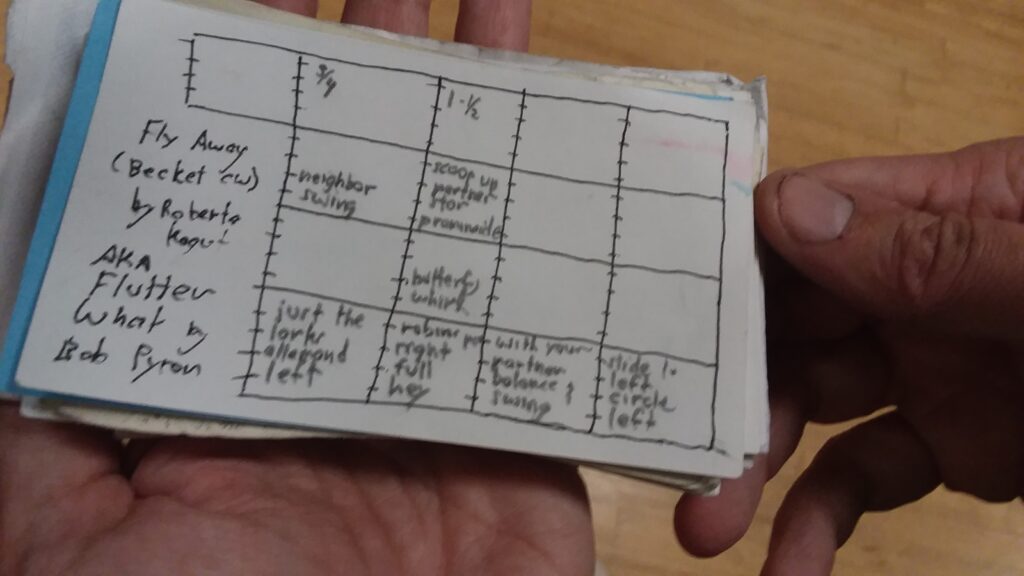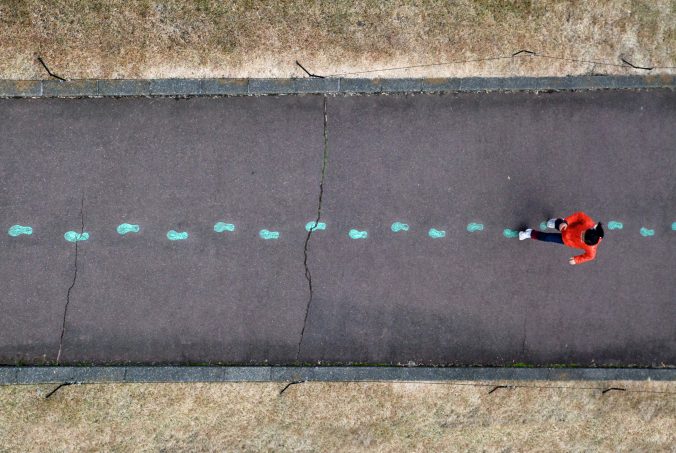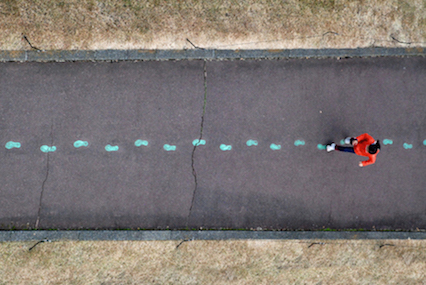
On February 5th, Anne Glover, a local caller, organized a caller practice session in a local hall. The practice session had about 15 dancers and 5 callers who are working on honing their craft. For two of the callers, it was their first time calling. It felt nice to work with some people who are just starting out because I could see how far I have already come in my calling journey in less than a year!
I called two dances that I have learned recently: Orono Special and Petronella. Here are my reflections on how those dances went.
Orono Special
Orono Special is a simple Tony Parkes dance. I learned it because I had a hunch that Anne might ask me to call the first dance of the program. And I was right. It is a very easy dance to call and all of the dancers (including our one beginner) picked up on it early. My one criticism is that it is a little boring. Hopefully, in the next caller practice session, I can choose a slightly more stimulating first dance to try.
Petronella
Petronella is a traditional dance. It was the first dance that used a figure where minor sets (groups of four dancers) balance their ring and move one place to the right every eight counts. In contemporary dances, this figure is actually called a “Petronella turn.” I enjoyed learning an adaptation of a dance that is considered a classic. There was a moment during the walk-through when the dancers got confused, and I was proud that I was able to work with them through that moment of confusion and resolve the issues.
Essex Reel
On top of the dances that I called independently, I also helped one of my friends start calling a dance using some of my dance cards. I brought the dancers through the walk through and called the beginning of the dance before passing it off to a friend. It was nice to do that because it was a good exercise in being adaptable.
Over all, I am looking forward to call for another caller practice with the same people next week. We are hoping that next week we will have a live band, which will be great because I need to work on communicating with musicians.







